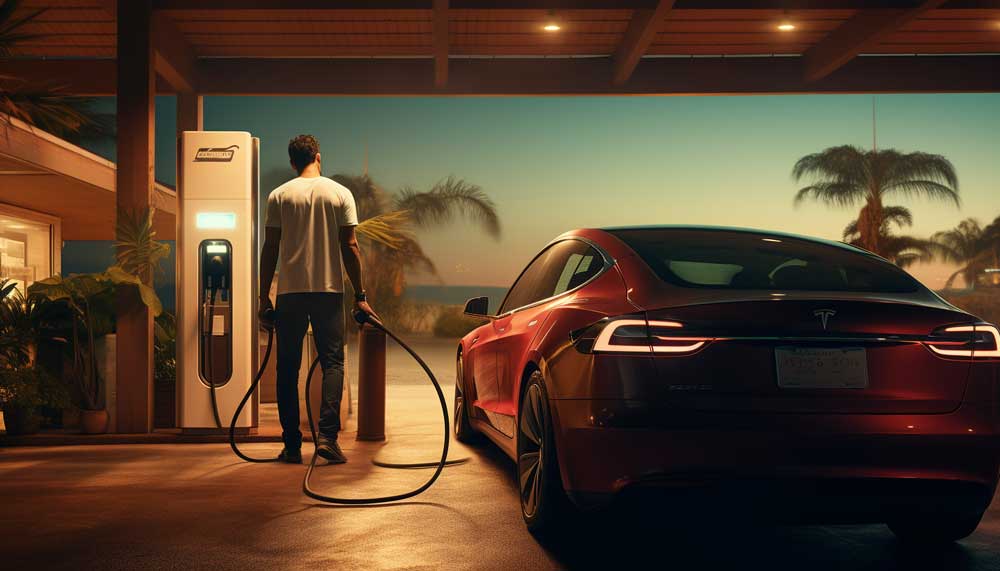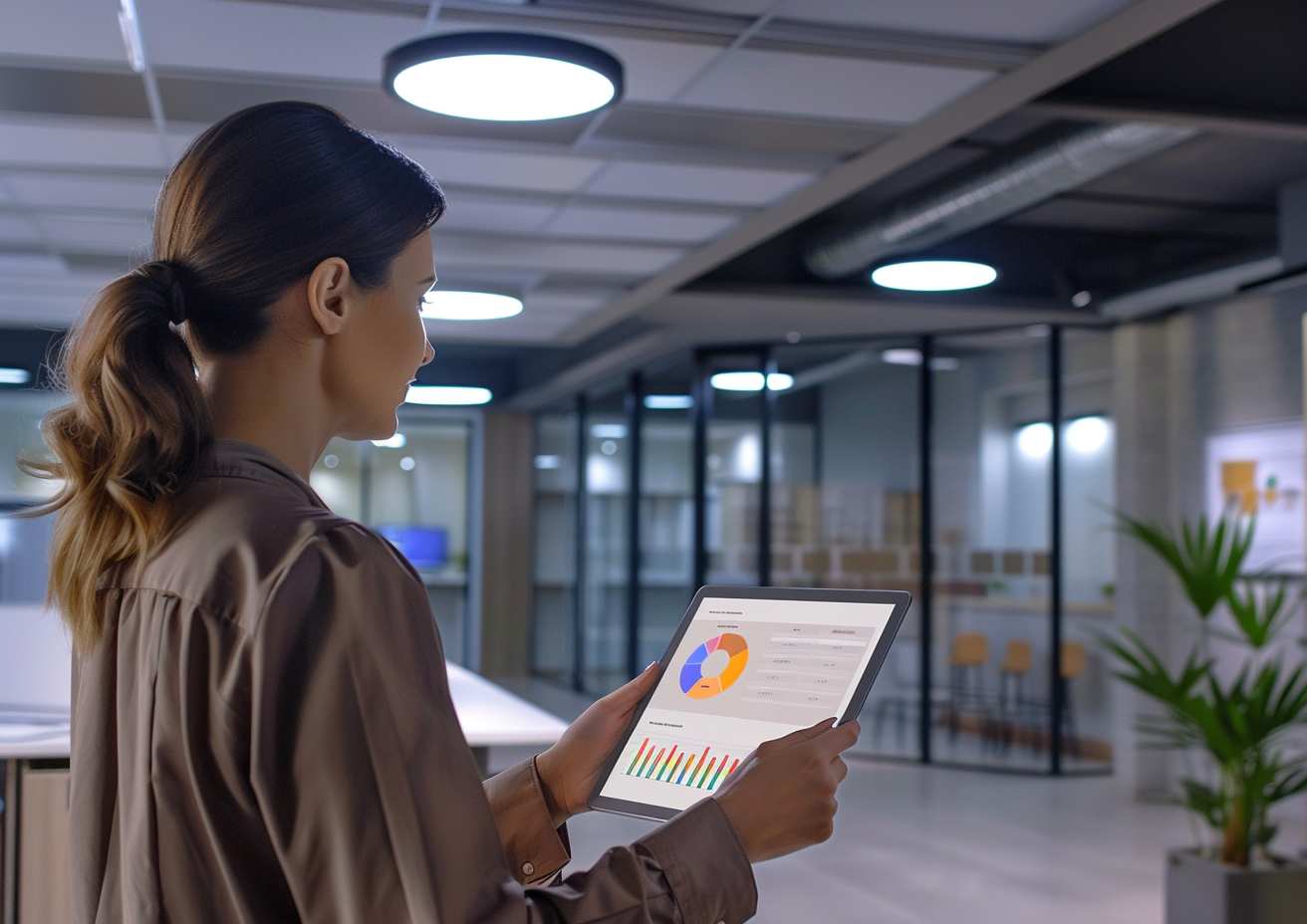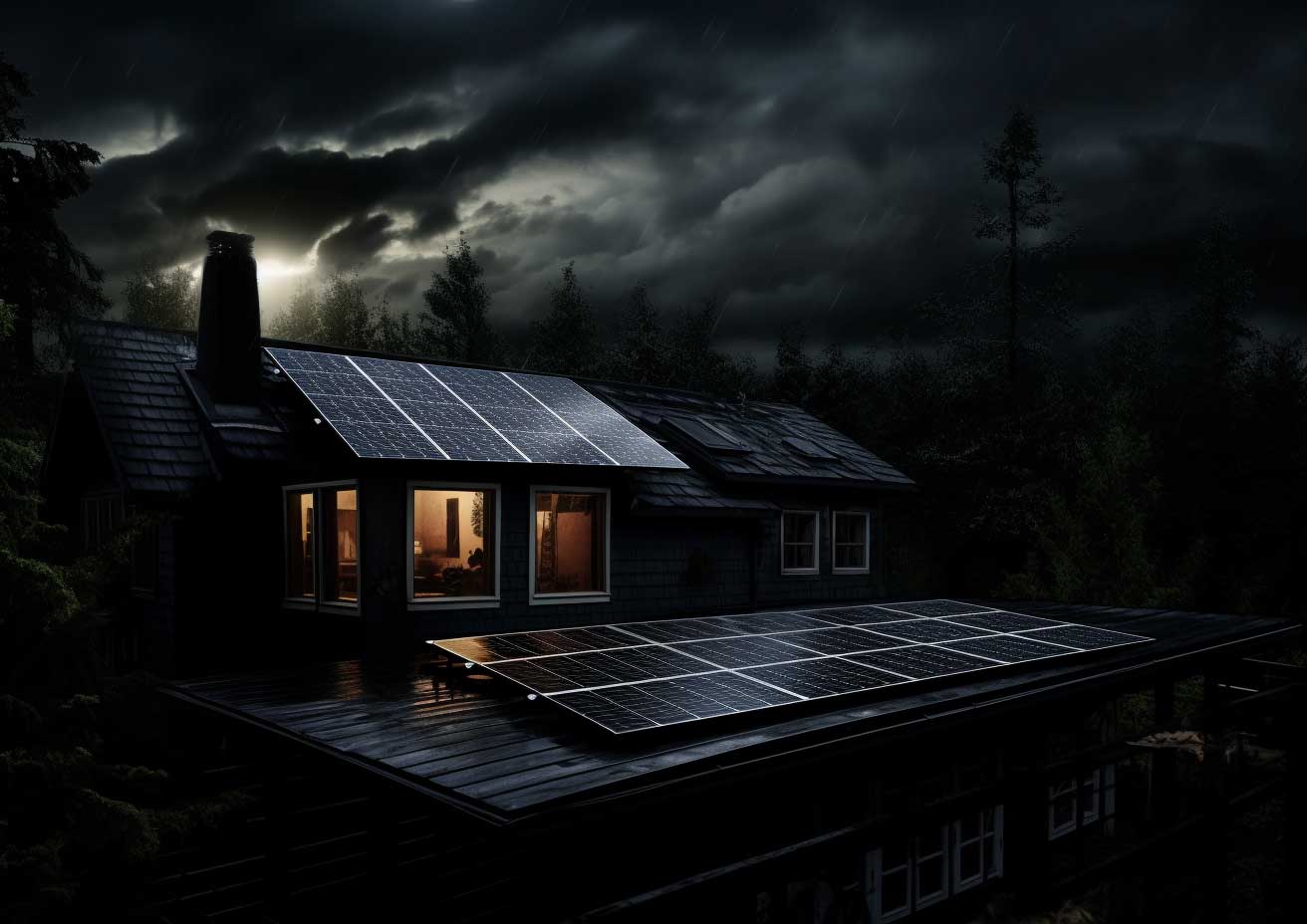Let’s explore the fascinating world of electric vehicles (EVs) and how they get charged up! We’ll uncover the secrets behind EV charging and the equipment that makes it all work. If you’ve ever asked yourself, “What is EV charging?” then you’ve come to the right place. By the end of this article, you’ll have a solid understanding of EV charging and how it works, which can be immensely useful if you’re considering owning an electric vehicle in the near future.
Electric Vehicle (EV) charging refers to the process of replenishing the energy in the battery of an electric vehicle. This is done by connecting the EV to a charging station or charger. A charging station, also known as an EV charging station or Electric Vehicle Supply Equipment (EVSE) supplies electricity to charge EVs. There are different types of EV chargers, including level 1 chargers, level 2 chargers, and DC fast chargers.

Level 1 chargers are typically used at home or at workplaces and provide a low charging capacity by using a standard AC power outlet. Level 2 chargers, on the other hand, offer a higher charging capacity and can charge an electric vehicle faster. These chargers require a dedicated charging station and are commonly found in public charging stations or places where EVs are parked for an extended period, such as parking lots or shopping malls.
Book Your No-Cost EV Charger Consult Now
WattLogic is your go-to destination for all electric vehicle (EV) charging needs. We offer comprehensive, end-to-end EV charging solutions for both businesses and homeowners. Connect with us today!
DC fast chargers, which is the fastest electric car charging type available, provides an even higher charging capacity and can charge an EV much faster compared to level 1 and level 2 chargers. These chargers use direct current (DC) to charge the vehicle’s battery and are ideal for long-distance travel or when the EV driver needs a quick charge.
To access EV charging, an EV driver needs to find a charging station, either through a mobile app or a dedicated website. The charge point operator, who owns and maintains the charging station, often provides a networked charger that allows EV drivers to pay for the charging session. The EV driver can initiate the charging process by connecting the EV charger to the vehicle’s charging port. The charger then communicates with the vehicle to manage the charging process and regulate the flow of electricity.
Home and commercial EV charging solutions are becoming more prevalent as the demand for electric cars increases, and governments incentivize their adoption to reduce greenhouse gas emissions. Moreover, as the availability of renewable energy sources grows, EV charging stations are increasingly powered by clean energy. This allows electric car drivers to contribute to a sustainable future by reducing their carbon footprint.
The Future of Electric Vehicles
Electric vehicles, or electric cars, are vehicles that are powered solely by electricity. They have an electric motor instead of a traditional internal combustion engine, which means they produce zero tailpipe emissions. This makes them an environmentally-friendly alternative to traditional gasoline-powered vehicles, especially in a time when reducing carbon emissions is critical to combating climate change.
The popularity of electric vehicles has been steadily growing in recent years due to several factors. First and foremost, they offer significant environmental benefits. By switching to electric cars, we can reduce our dependence on fossil fuels and decrease air pollution. Electric vehicles also have lower operating costs compared to traditional cars, as electricity is generally cheaper than gasoline, and they require less maintenance since they have fewer moving parts.
Furthermore, the continuous technological advancements in electric vehicle technology have resulted in increased driving ranges and improved performance. Modern electric cars can often travel more than 200 miles on a single charge, making them a practical option for everyday use. Additionally, electric vehicles are becoming more affordable as the cost of battery technology decreases and government incentives are introduced to encourage their adoption.
However, one of the main challenges faced by electric vehicle owners is finding convenient and accessible EV charging infrastructure. EV charging refers to the process of recharging the batteries of electric vehicles. Unlike traditional vehicles that can fill up at any gas station, electric cars require charging stations equipped with specific charging equipment.

Electric vehicle charging infrastructure ranges from slow chargers that take several hours to charge a vehicle, to fast chargers that can provide a significant battery boost in just minutes. The availability and accessibility of charging stations vary greatly depending on the region. Charging stations can be found in public spaces like parking lots, shopping centers, and along highways, as well as in private spaces such as homes and workplaces.
The growth of the EV charging network is crucial for the widespread adoption of electric vehicles. It provides peace of mind to owners, knowing that they can easily find a place to charge their vehicles wherever they go. Many governments and organizations are investing in expanding the charging infrastructure to encourage the transition to electric transportation.
One of the key technologies driving the advancement of EV charging is smart charging. Smart charging systems allow electric vehicles to communicate with the grid, enabling more efficient and cost-effective charging. These systems can take advantage of off-peak hours when electricity demand is lower, reducing strain on the grid and taking advantage of cheaper electricity rates.
In conclusion, electric vehicles are more than just a passing trend. They present a promising future for transportation with their environmental benefits, cost savings, and technological advancements. As the adoption of electric vehicles continues to increase, the development of a robust and accessible EV charging infrastructure is crucial. With a clear understanding of EV charging, individuals can confidently embrace electric vehicles and contribute to the transition to a cleaner and more sustainable transportation system.
What is an EV Charging Station?
An electric vehicle (EV) charging station, also commonly called a charge point or electric vehicle supply equipment, is a device specifically designed to supply electrical power for recharging plug-in electric vehicles. These charging stations come in two primary types: AC charging stations and DC charging stations. Their purpose is to provide a convenient and efficient means for EV owners to recharge their vehicles, ensuring that they have sufficient power for their daily or long-distance journeys.
What is EV Charging?
EV charging refers to the process of replenishing the battery of an electric vehicle (EV) with electricity. This can be done through various methods and at different locations such as home charging, public charging stations, or dedicated EV charging equipment installed at businesses – commonly known as workplace charging.
There are different types of EV chargers available, such as level 1 and level 2 chargers. Level 1 chargers use a standard household electrical outlet (AC power) and are typically slower, providing an average of 3-5 miles of driving range per hour of electric car charging. Level 2 chargers, on the other hand, require a dedicated charging station or wall connector to operate, offering faster charging speeds than level 1 chargers.
Another type of EV charging and the fastest option is DC fast charging. DC fast chargers, also known as Level 3 chargers, use a high-powered direct current (DC) to rapidly charge an EV’s battery. These chargers can significantly reduce charging times, enabling an electric car to gain up to 80% of its battery charge within 30 minutes. Notably, the Tesla Supercharger network is an example of a widely known and utilized DC fast charging solution available exclusively for Tesla vehicles.

Public charging stations are essential infrastructure for electric vehicle (EV) owners, offering them convenient access to charge their vehicles when they are on the move. These stations are strategically placed in various locations such as parking lots, shopping centers, and rest areas, to ensure widespread availability for EV drivers.
Equipped with multiple charge points, these stations can accommodate multiple electric cars simultaneously. This feature is crucial, as it mitigates long wait times and allows drivers to charge their vehicles efficiently. By facilitating multiple charging sessions, public charging stations promote the widespread adoption of electric vehicles and encourage more people to consider this environmentally friendly mode of transportation. To manage these charging stations effectively, a charge point operator is typically responsible for their operation, maintenance, and billing processes. This operator ensures that the chargers are in proper working condition, coordinates repairs if needed, and handles any billing issues that may arise. This seamless management ensures a smooth charging experience for EV drivers and enables the sustainability of public charging infrastructure.

As technology advances, most public charging stations are now networked, meaning they can be accessed remotely through a mobile app or website. This enhances user experience by providing real-time information on the availability of charging spots, allowing drivers to plan their charging sessions in advance. Additionally, EV owners can reserve charging spots through these apps, eliminating any uncertainties or frustrations arising from arriving at a station only to find all the chargers occupied.
Moreover, networked charging stations allow users to monitor their charging sessions remotely. They can check the progress of their charge, receive notifications when their vehicle is fully charged, and even track their charging history. This level of connectivity and accessibility provides EV owners with a seamless charging experience and promotes their confidence in electric vehicles as a reliable means of transportation.
What Does it Cost to Charge an EV?
One of the most common questions asked by prospective EV owners is, “What does it cost to charge an EV?” The cost of charging an EV can vary widely depending on several factors such as your location, the type of EV charger you’re using, and your electricity provider’s utility rates. Electric vehicle charging can be done through different solutions, with two popular options being level 1 charging and level 2 charging. Level 1 charging refers to plugging the EV into a standard household outlet, while level 2 charging utilizes a dedicated level 2 charger.
Level 2 chargers, such as a smart charging solution, provide faster charging speeds compared to level 1 chargers, making them more convenient for electric car drivers. Additionally, for those in a hurry, a dc fast charger, often found in public charging stations, allows for even faster charging times. It is important to note that the cost of charging an EV also depends on the capacity of the EV battery and its efficiency. For example, a Tesla vehicle with a larger battery capacity may require more electricity to fully charge compared to a smaller electric car. Furthermore, the cost of electricity can vary based on geographical location and the rates set by your electricity provider.
Therefore, it is recommended to research and compare different charging options, including the associated costs with your electrical utility provider, before investing in an electric vehicle charging infrastructure.
Simplifying EV Charging with WattLogic: Innovation and Convenience in One Package
In the ever-evolving landscape of electric vehicles and EV charging, WattLogic stands as a beacon of innovation and convenience. We understand that the process of installing an EV charging station and selecting the right product can seem daunting. WattLogic is here to ease that burden and make the transition to electric seamless for homeowners and businesses alike.
Our proprietary software employs cutting-edge technology to connect you with reliable EV charger installers in your area. We assist you in choosing the ideal EV charging station that meets your specific needs, be it for your home or business. Beyond product selection, WattLogic further simplifies the process by helping you identify and apply for local rebates. This comprehensive, user-friendly service is designed to make the transition to EV charging as straightforward and stress-free as possible. Get in touch with WattLogic today and start your journey towards sustainable and convenient transportation.




